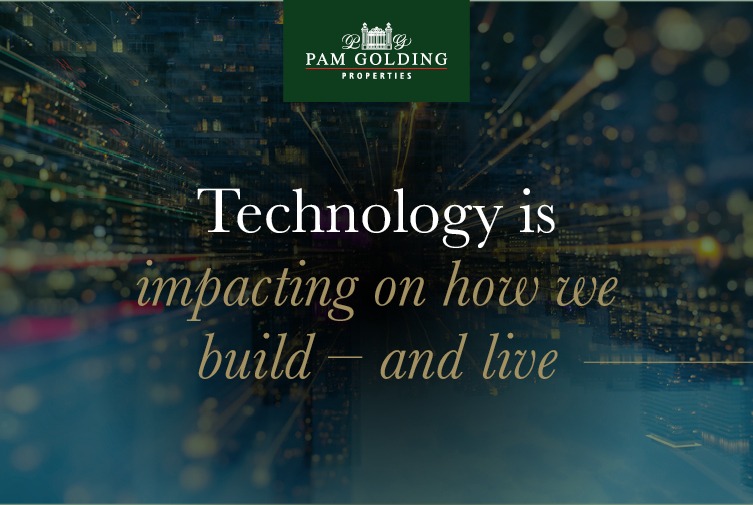For centuries, technology and architecture have worked in conjunction, impacting not only the design and construction of buildings, but also the way we live.
While some technologies from the past remain in use today, such as steel frame construction in commercial buildings, increasingly, new technologies are changing the way we build our homes.
Inspired architects have been known to expand the application of new technology beyond the original intent, thereby pushing the boundaries of the built environment.
And sometimes, architects and designers create new technology in order to realise their vision.
Not surprisingly, energy efficiency is a key focus worldwide, but particularly in South Africa where electricity supply is erratic and increasingly expensive. Positively, greater efficiency can be achieved not only through the building materials used, and also via the design.
Sustainability is another area of focus, with the use of timber – a renewable resource, green concrete or the re-use of existing materials. The reuse of materials from existing buildings is known as ‘urban mining’ and contributes to a reduction in demolition waste, raw material consumption and energy use.
Prefabricated pieces of concrete can also be delivered and assembled on site, significantly reducing carbon emissions, and helping reduce inefficiencies in the way homes are built.
Meanwhile, innovative building materials such as hemp are making a difference, such as 84 Harrington Street in the Cape Town CBD, the tallest hemp building in the world.
With climate change continuing to drive innovations in both technology and architecture, we are seeing the prospect of wildfires and flooding affecting how and where people are building.
Disaster resilience against the extreme forces of nature, including the likes of tornados and floods, has resulted in the use of storm-resistant windows and other innovative building materials.
Smart technology such as electro-chromatic windows that can be adjusted to block out certain amounts of wavelengths of light is already a reality.
As is the digital fabrication of materials and building components, ranging from 3D printing features to 3D printing an entire house.
These types of technology enable architects, designers and engineers to use computer-generated modelling to assist with the process.
Building Information Modelling (BIM), allows architects to capture real-world locations and landscapes and create 3D digital plans, while digital twins can be utilised to provide real-time information about building performance.
Then there’s parametric design, whereby engineers input a set of parameters and apply algorithms to create complex, bespoke or unique structures.
Either way, new technologies are assisting architects and engineers with a wide range of uses that can benefit our way of life as well as enhance the sustainability of our planet.
Posted by The Know - Pam Golding Properties





